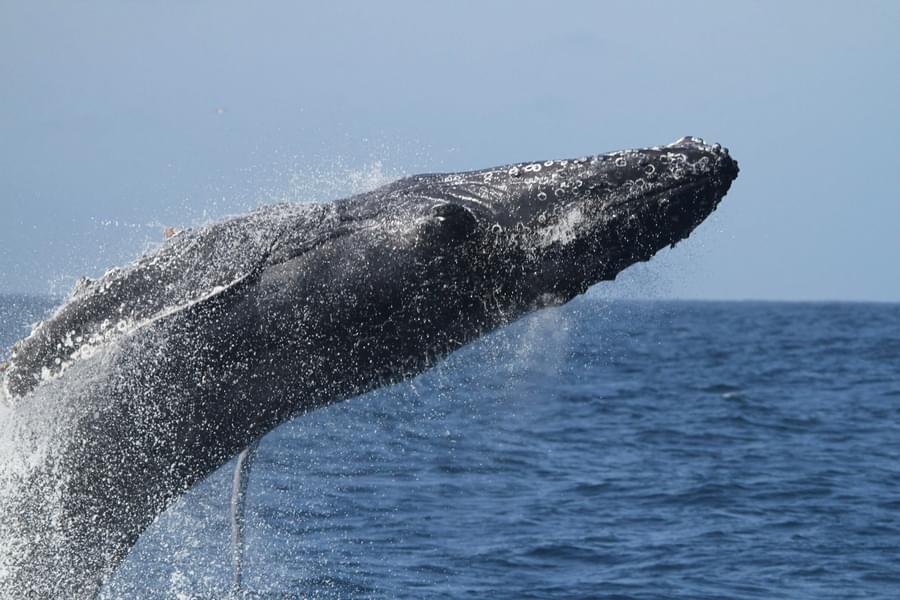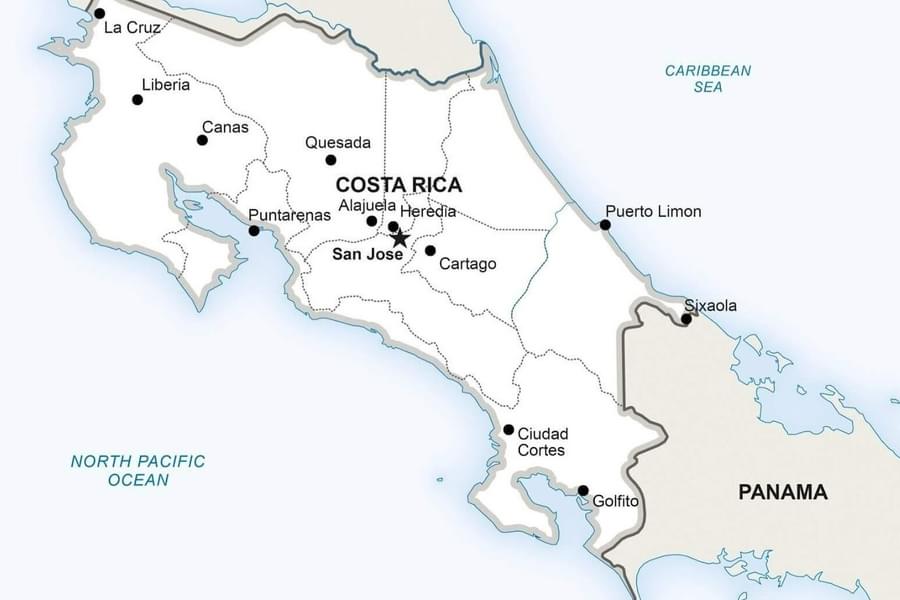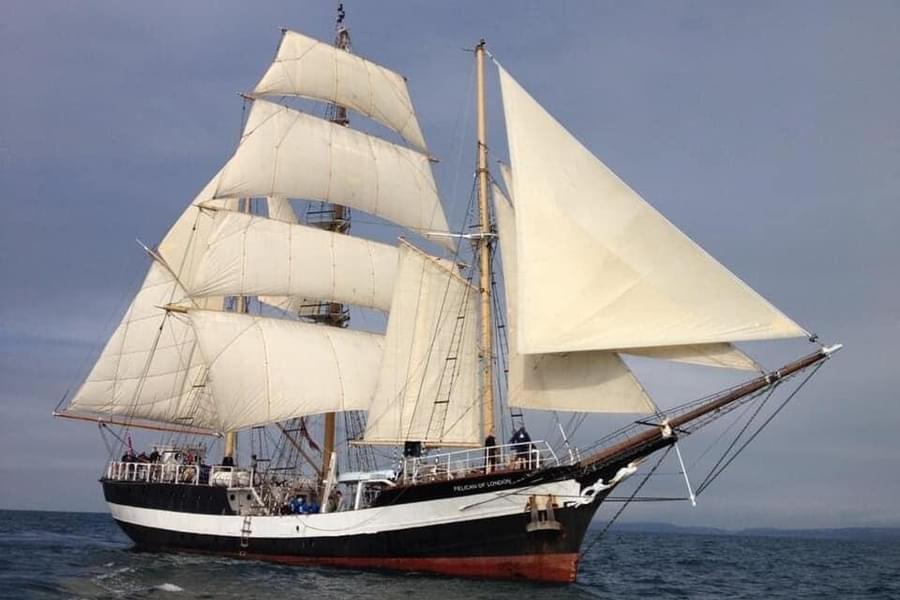We are delighted to have a guest blog from Thomas Stone, an ORCA Marine Mammal Surveyor and OceanWatcher, about the Seas Your Future project he is joining this January. During his voyage, Thomas will be using ORCA survey protocols to collect effort, environmental and sightings data about any whales, dolphins and porpoises that are seen.
PROJECT COSTA RICA!
I am very excited to be joining the Seas Your Future ‘Project Costa Rica’ sailing voyage as a Scientist in Residence at the beginning of January 2022. I will be running a project investigating marine mammal diversity and abundance throughout this 12-day voyage along the Pacific Coast of Costa Rica, during which I hope to spot many of the 28 species of marine mammal that live in this area.
My floating home for this voyage will be the pirate-esque tall ship ‘Pelican of London’, or ‘Peli’ as she is affectionately known by the ship’s crew. She started life as a fishing trawler before being converted into a sail training ship, and amongst her voyages are numerous trans-Atlantic crossings.
The main purpose of this voyage is to provide Costa Rican students with the opportunity to learn how to sail and develop their English language skills. Alongside this, they will have the opportunity to engage with a range of scientific projects that will be taking place on board. These range from coral reef health surveys to marine weather forecasting studies, and of course, the marine mammal project that I will be running.
Excitingly, the Pacific coast of Costa Rica forms an important breeding ground for two populations of humpback whales. This species undergoes one of the longest migrations of all mammals. Some humpbacks have been known to travel as far as 5,200 miles in each leg of their migrations, further than the distance from London to Beijing! Hopefully, we will see humpbacks that have migrated to Costa Rica all the way from the Western US coast, from California to as far north as Alaska.
One of my aims for the voyage is, therefore, to take photos of these whales to identify individuals from the patterns on their tails. Matching whales that we see to those from an existing database to try to establish where they might have come from.
A further aim is to carry out marine mammal surveys throughout our voyage. The marine mammals of the Pacific Coast of Costa Rica are relatively understudied, despite them facing a number of serious threats. Many smaller marine mammal species face high mortality rates, whilst the Northern population of humpback whales is thought to be declining. It is therefore important to carry out regular surveys in the area to help investigate population trends and inform necessary conservation measures.
If you’re interested in staying up to date with the voyage’s progress, visit the Seas Your Future website here, or follow @SeasYourFuture on Twitter or Instagram or @adventureundersail on Facebook for regular updates direct from the ship. Also, keep an eye out here for a post-voyage blog to discover what we saw and how the adventure unfolded.
¡Hasta luego!



